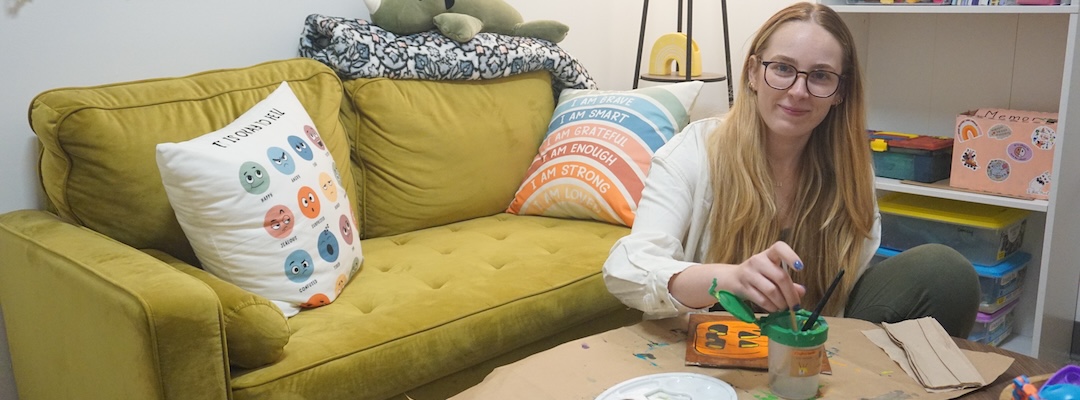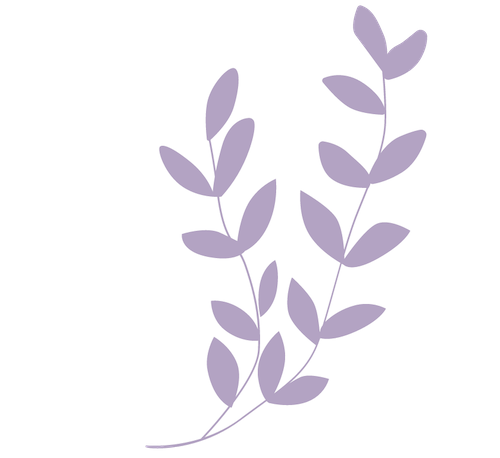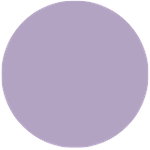Art Therapy: Healing Through Creativity

What is Art Therapy?
Art therapy is a form of psychotherapy that uses the creative process of making art to improve a person’s physical, mental, and emotional well-being. It combines the principles of psychology and art to promote self-expression, foster self-awareness, and provide a means for coping with stress and trauma. This type of therapy is facilitated by a professional art therapist who is trained to guide clients through the artistic process and help them explore the underlying emotions and thoughts that their artwork may reveal.
How Does Art Therapy Work?
Art therapy works by providing a safe and supportive environment where individuals can express themselves creatively. The process of creating art can help individuals communicate feelings and experiences that may be difficult to articulate with words. Art therapists use a variety of artistic techniques such as drawing, painting, sculpting, and collage-making to help clients explore their emotions, develop self-awareness, and gain new insights into their lives.

During an art therapy session, the therapist may give a directive, such as “draw your feelings” or “create a sculpture that represents your current state of mind.” Alternatively, clients may be encouraged to create whatever comes to mind without any specific instructions. The art therapist then helps the client to interpret and understand the meaning behind their artwork, providing a therapeutic dialogue that can lead to deeper understanding and healing.

Goals and Benefits of Art Therapy
The primary goal of art therapy is to improve an individual’s overall well-being. Specific goals can vary depending on the individual’s needs but often include:
- Emotional Expression and Release: Art therapy allows individuals to express and release emotions that they may find difficult to articulate verbally. This can be particularly helpful for those dealing with trauma, anxiety, depression, and grief.
- Self-Exploration and Insight: Through the creative process, individuals can gain a deeper understanding of themselves, their emotions, and their experiences. This self-exploration can lead to valuable insights and personal growth.
- Stress Reduction: Engaging in creative activities can be a calming and meditative process, helping to reduce stress and promote relaxation.
- Improved Communication Skills: For individuals who struggle with verbal communication, art therapy provides an alternative way to express themselves and communicate with others.
- Enhanced Self-Esteem: Creating art can be a fulfilling and empowering experience, boosting self-confidence and self-worth.
From Children to Adults - Who Can Benefit from Art Therapy?
Art therapy can benefit individuals of all ages, from young children to older adults. It is particularly effective for those dealing with a variety of issues and challenges, including:
- Mental Health Conditions: Anxiety, depression, bipolar disorder, PTSD, and schizophrenia.
- Developmental and Behavioral Issues: Autism spectrum disorder, ADHD, and learning disabilities.
- Trauma and Abuse: Survivors of physical, emotional, or sexual abuse, as well as those affected by natural disasters or violent incidents.
- Chronic Illness and Pain: Individuals coping with chronic illnesses such as cancer, arthritis, and fibromyalgia.
- Grief and Loss: Those who are mourning the loss of a loved one or dealing with significant life changes.
What to Expect in Art Therapy

Duration and Frequency
Art therapy sessions typically last between 50 to 60 minutes and are usually held on a weekly basis. The duration and frequency can vary depending on the individual’s needs and treatment goals.

First Session
During the initial session, the art therapist will conduct an assessment to understand the client’s background, needs, and goals. The client will be introduced to the art therapy process and may be asked to create a piece of art. This session is an opportunity for the therapist and client to build rapport and establish a foundation for future sessions.

Subsequent Sessions
In subsequent sessions, the client will continue to create art, with the therapist providing guidance and support. The therapist may introduce new techniques and materials to help the client explore different aspects of their emotions and experiences. Each session will involve a discussion about the artwork and the feelings and thoughts it evokes.
Frequently Asked Questions
Do I need to be an artist to benefit from art therapy?
No, you do not need any artistic skills or experience to participate in art therapy. The focus is on the process of creating art, not the final product.
How do I know if art therapy is right for me?
Art therapy can be beneficial for anyone who is open to exploring their emotions and experiences through creative expression. It can be particularly helpful for those who find it difficult to express themselves verbally.
What kind of art materials will be used in therapy?
Art therapists use a wide range of materials, including paints, markers, clay, and collage materials. The therapist will provide all necessary materials and will select them based on your needs and preferences.
Is art therapy covered by insurance?
Coverage for art therapy varies by insurance plan. It is best to check with your insurance provider to determine if art therapy is included in your coverage.
Can art therapy be done in a group setting?
Yes, art therapy can be conducted in individual or group settings. Group art therapy can provide additional benefits such as peer support and social interaction.
How long does it take to see results from art therapy?
The length of time it takes to see results can vary depending on the individual and their specific goals. Some people may start to feel the benefits after a few sessions, while others may take longer.
Can children benefit from art therapy?
Absolutely. Art therapy is particularly effective for children as it allows them to express themselves in a non-verbal way. It can help with behavioral issues, trauma, and emotional regulation.
How is progress measured in art therapy?
Progress in art therapy is often measured through self-reports, therapist observations, and changes in the client’s artwork over time. The therapist may also use standardized assessment tools.
Pricing and Insurance Information
Art therapy is covered by most insurance plans.
- Intake: $250
- Session 53 min: $200
- Session 40 min: $150
Art therapy is a powerful and creative way to address emotional and psychological issues.
Whether you are dealing with stress, trauma, or simply looking to gain a deeper understanding of yourself, art therapy can provide a unique and effective path to healing. If you are interested in exploring art therapy, we invite you to contact our office to schedule a session and begin your journey towards wellness through creativity.
